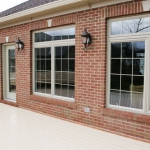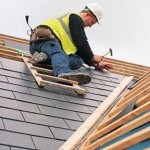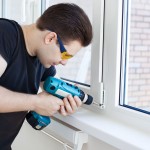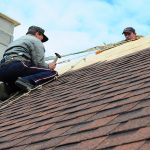When was the last time you (or anybody else, for that matter) took a look in your attic? Unfortunately, few of us ever think of attic insulation in Minneapolis, unless we store our Christmas decorations up there and feel the draft or a leak when we pull down the ornaments. And thata��s a real shame a�� because the truth is, wea��re simply throwing money away on energy bills by not ensuring our attics are properly insulated.
A State of Attic Emergency
The Department of Energy reports that 80 percent of US homes are under-insulated. This is especially true for homes built before 1990, because they were probably not constructed according to the standards later established for energy efficiency. But even if you own a new home, it could be to your financial advantage (it will pay for itself in a few short years or less) to add more a�� especially for those of us living in Minnesota.
Did you know? An under-insulated home is at risk of losing 40 percent (40% – thata��s a lot of your energy bill!) of its heat through the attic. This, in turn, causes your heating system to run more frequently (therea��s some more dollars out the window). It could also cause your roof to be damaged by ice dams forming along the eaves and we dona��t even want to bring up how much that type of repair could cost.
Recommendations for Attic Insulation in Minneapolis
If ita��s been too long (or never) since you checked the insulation in your attic, now is the time to do so. There really is a state of emergency when it comes to Minneapolis attic insulation due to all the wasted money being spent on unnecessarily high heating bills.
In the Minneapolis area, the Department of Energy recommends that homeowners use insulation rated R44 or better, to a depth of 15 inches. The agency also recommends that insulation be used in a comprehensive manner, throughout the attic space. For unfinished attics, this means insulating over and between floor joists connected to the living area below as well as on the access door. If your attic is a finished room, the DOE recommends insulation between knee wall studs; between exterior rafters/studs and the roof; any part of the ceiling with cold space above it; and in joist space.
For more information visit Nwfamn.com.










